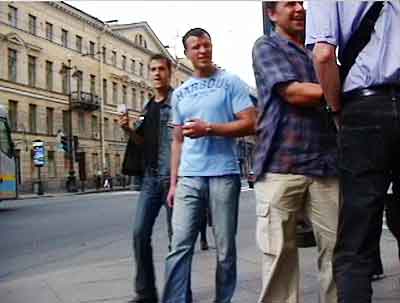
High and Dry on the Streets of Elsewhere
Chapter One, part-b, Travel Advisory
If law enforcement can’t turn the trend, perhaps Bob and I can. Grandiose vision? As a two-person army out to fight street crime, we wouldn’t have a chance, we’d be laughable. But we’re not out to stop the thieves. We’re here to educate the public. We’ll turn the tide of loss from the back end. We also spread our knowledge base of current trends in thievery among the law enforcement agencies that deal with tourist crime. But it’s the ground level dissemination of information that has the greatest effect. We may be steering the horse by the tail, but we know it works.
Bob has spent a lifetime studying scammers, thieves, and con artists and their wicked ways. From Pakistan in the sixties, where leper pickpockets used emotions—fear and revulsion—as a means to their ends, to shortchangers in Vietnam, to destitute orphans in Peru, to modern day rogues in the capital cities of Europe and America, he has explored their methods and motivations.
Unlike police, criminologists, psychologists, or other researchers, Bob communicates with street thieves in their language; he can talk the talk and walk the walk because he is a thief himself. Bob is a thief who steals on stage and always returns what he takes. The techniques he learns from the thieves themselves he incorporates into his stage presentations. With the benefit of Bob’s backdoor perspective, we will give you the thief’s-eye version of thievery, connery, scamdom, and swindlehood; and more important, how to avoid becoming an unwilling participant.


